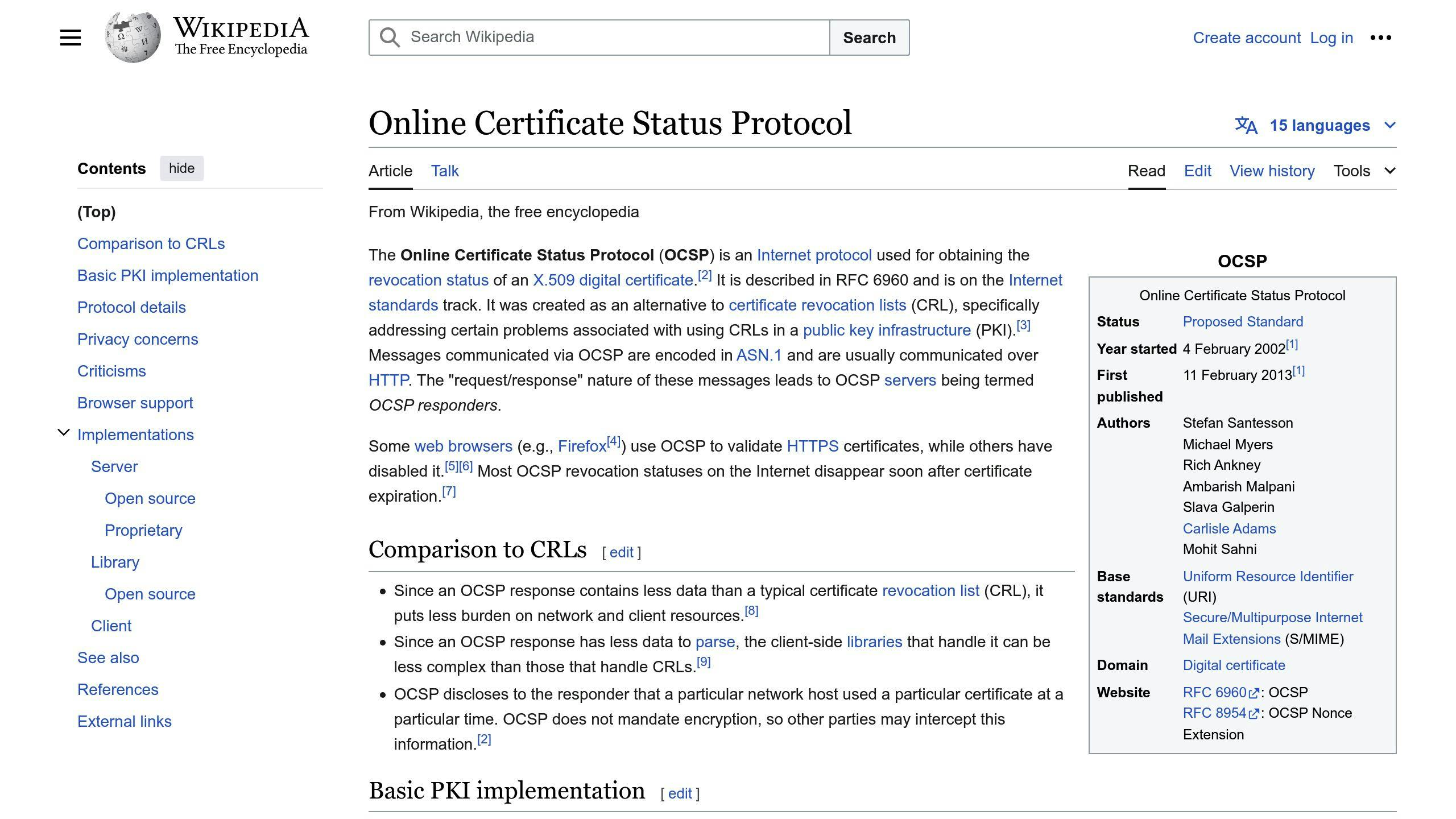Mobile app performance testing evaluates an app's performance under real-world conditions to identify and address bottlenecks, optimize resource usage, and enhance the user experience. It assesses key metrics like app launch time, screen rendering, network latency, memory consumption, battery usage, and error rates.
Why Performance Testing Matters
- User Satisfaction: Prevents slow load times, laggy interfaces, and crashes that frustrate users.
- Resource Optimization: Identifies resource-intensive operations and inefficient code.
- Scalability: Ensures the app can handle increasing user loads without compromising performance.
- Compatibility: Tests across devices, OS versions, and network conditions for a consistent experience.
5-Step Checklist
- Set Testing Goals
- Identify key metrics (load time, response time, memory usage, battery life, error rates)
- Choose target devices and OS versions
- Record initial performance as a baseline
- Set Up Testing Environment
- Mimic real-world network conditions (3G, 4G, Wi-Fi)
- Configure device settings (screen resolution, battery life, memory)
- Simulate user interactions (tapping, scrolling, swiping)
- Choose appropriate testing tools (JMeter, Gatling, Appium Studio)
- Run Performance Tests
- Create test scenarios based on user behavior and network/device conditions
- Include positive (happy path) and negative (edge cases, error handling) tests
- Monitor tests and collect data on response time, throughput, memory/CPU usage
- Analyze and Improve
- Understand test results and identify bottlenecks
- Enhance app performance through code optimization, caching, CDNs, and database improvements
- Monitor and Update
- Continuously monitor performance metrics (New Relic, AppDynamics, Datadog)
- Regularly update the app with improvements and new features based on performance data and user feedback
Ongoing Performance Focus
Maintaining optimal app performance requires continuous monitoring and updating to address emerging issues, incorporate new features, and adapt to changing user behaviors. Benefits include:
- Enhanced user experience and satisfaction
- Increased app adoption and better ratings
- Reduced crashes and errors
- Competitive advantage through prioritizing performance
Step 1: Set Testing Goals
Setting clear testing goals is essential to ensure your mobile app performance testing is focused and effective. In this step, you'll identify the key metrics to measure, choose the right devices and OS versions, and record the app's initial performance.
Key Metrics to Measure
To set meaningful testing goals, you need to determine which metrics are most important for your app's performance. Consider the following:
MetricDescriptionLoad timeThe time it takes for the app to launch or for specific screens to load.Response timeThe time it takes for the app to respond to user interactions, such as tapping a button or scrolling.Memory usageThe amount of device memory used by the app.Battery lifeThe impact of the app on the device's battery life.Error ratesThe frequency of crashes, errors, or other issues.
Choose Devices and OS Versions
Selecting the right devices and OS versions is critical to ensure your testing is representative of your target audience. Consider the following factors:
- Target audience: Which devices and OS versions are most popular among your target users?
- Market data: Which devices and OS versions are gaining traction in the market?
- App requirements: Which devices and OS versions are required to run your app?
Record Initial Performance
Before you start testing, record the app's initial performance to establish a baseline. This will help you identify areas for improvement and measure the effectiveness of your testing efforts. Use tools like Android Studio or Xcode to collect data on your app's performance, or use third-party tools like JMeter or Gatling to simulate user interactions and measure performance metrics.
By setting clear testing goals, choosing the right devices and OS versions, and recording initial performance, you'll be well on your way to identifying and addressing performance bottlenecks in your mobile app.
Step 2: Set Up Testing Environment
Setting up a test environment that closely replicates real-world usage conditions is crucial to ensure accurate results in mobile app performance testing. This step involves mimicking network configurations, device settings, and user interactions to create a realistic testing scenario.
Mimic Real-world Conditions
To set up a realistic test environment, consider the following factors:
FactorDescriptionNetwork configurationsSet up different network conditions, such as 3G, 4G, Wi-Fi, or EDGE, to test your app's performance under various network scenarios.Device settingsConfigure device settings, such as screen resolution, battery life, and memory usage, to mimic real-world device conditions.User interactionsSimulate user interactions, such as tapping, scrolling, and swiping, to test your app's performance under different usage scenarios.
Choose Testing Tools
Choosing the right testing tools is essential to ensure accurate and efficient testing. Consider the following factors when selecting testing tools:
FactorDescriptionApp requirementsChoose tools that support your app's specific requirements, such as platform, device, and OS version.Testing scopeSelect tools that can test specific aspects of your app's performance, such as load time, response time, or memory usage.Ease of useOpt for tools that are easy to use and provide intuitive results, reducing the time and effort required for testing and analysis.
Some popular testing tools for mobile app performance testing include JMeter, Gatling, and Appium Studio. By choosing the right testing tools, you can streamline your testing process and ensure accurate results.
sbb-itb-8abf120
Step 3: Run Performance Tests
Now that you have set up your testing environment, it's time to run performance tests that cover a comprehensive set of user interactions.
Create Test Scenarios
Develop test cases that accurately represent the app's usage patterns. Consider the following factors:
- User behavior: Simulate user interactions, such as tapping, scrolling, and swiping.
- Network conditions: Test your app's performance under various network conditions, such as 3G, 4G, Wi-Fi, or EDGE.
- Device settings: Configure device settings, such as screen resolution, battery life, and memory usage.
Create test scenarios that cover both positive and negative testing, including:
Test TypeDescriptionHappy path testingTest your app's performance under normal usage conditions.Edge case testingTest your app's performance under extreme or unusual usage conditions.Error handling testingTest your app's performance when errors occur, such as network failures or invalid user input.
Monitor Tests
Observe and record the performance of your app during test execution to identify bottlenecks and areas for improvement. Use tools, such as JMeter or Gatling, to monitor your app's performance and collect data on metrics, such as:
MetricDescriptionResponse timeMeasure the time it takes for your app to respond to user interactions.ThroughputMeasure the number of requests your app can handle per unit of time.Memory usageMeasure the amount of memory your app uses during testing.CPU usageMeasure the amount of CPU resources your app uses during testing.
By monitoring your app's performance during testing, you can identify areas that need improvement and optimize your app for better performance.
Step 4: Analyze and Improve
Understand Test Results
After running performance tests, analyze the results to identify areas that need improvement. Focus on key performance indicators (KPIs) such as response time, throughput, memory usage, and CPU usage. Study user interactions to understand how users engage with your app. Detect bottlenecks where your app's performance is hindered.
Enhance App Performance
Refine your app's code and infrastructure to improve performance. Consider the following approaches:
ApproachDescriptionOptimize codeRefactor code to reduce complexity and improve algorithm efficiency.Improve database performanceOptimize database queries and implement caching.Leverage cachingImplement caching mechanisms to reduce the load on your app's backend.Use content delivery networks (CDNs)Distribute content across multiple servers to reduce latency.
By analyzing test results and refining your app's code and infrastructure, you can significantly improve performance, resulting in a better user experience and increased customer satisfaction.
Step 5: Monitor and Update
Continuous Monitoring
To ensure your app's performance remains optimal, continuous monitoring is crucial. Set up tools to track key performance indicators (KPIs) such as response time, throughput, memory usage, and CPU usage. This will help you identify performance bottlenecks and areas for improvement.
ToolDescriptionNew RelicProvides detailed insights into app performance, including response time and throughput.AppDynamicsOffers real-time monitoring and analytics to identify performance issues.DatadogTracks app performance and provides insights into bottlenecks and areas for improvement.
Regular Updates
Regular updates are essential to maintain optimal app performance. Continuously test and refine your app to ensure it remains efficient and effective.
Review Performance Metrics: Analyze KPIs to identify areas for improvement and optimize app performance.
Address User Feedback: Listen to user feedback and address performance issues promptly.
Implement New Features and Updates: Regularly update your app with new features and improvements to maintain a competitive edge.
By continuously monitoring and updating your app, you can ensure it remains fast, efficient, and provides a great user experience.
Conclusion: Ongoing Performance Focus
By following the 5-step checklist for mobile app performance testing, you've taken a significant step towards ensuring your app meets the performance expectations of your users. However, it's essential to remember that performance testing is not a one-time task, but rather an ongoing process.
To maintain optimal app performance, you must continuously monitor and update your app to address emerging issues, incorporate new features, and adapt to changing user behaviors.
Why Ongoing Performance Focus Matters
BenefitDescriptionEnhanced User ExperienceImprove user satisfaction and loyalty by ensuring your app is fast, efficient, and reliable.Increased App AdoptionAttract and retain users with a high-performing app that meets their expectations.Better App RatingsImprove your app's ratings and reviews by providing a seamless user experience.Reduced Crashes and ErrorsMinimize app crashes and errors to reduce user frustration and improve overall performance.Competitive AdvantageStay ahead of the competition by prioritizing performance testing and optimization.
By prioritizing performance testing and optimization, you can ensure your app remains fast, efficient, and provides a great user experience for your users. Remember, performance testing is an iterative process that requires ongoing effort and attention.
FAQs
How to Evaluate Mobile App Performance?
To evaluate mobile app performance, identify key metrics such as:
MetricDescriptionResponse TimeHow long it takes for the app to respond to user interactions.ThroughputThe number of requests the app can handle per unit of time.Resource UtilizationCPU, memory, and network usage.Error RatesThe frequency of crashes, errors, or other issues.
Consider the specific requirements of your mobile app and its expected user base. Analyze user scenarios to simulate real-world scenarios.
How to Test the Performance of a Mobile App?
To test the performance of a mobile app:
- Set up a test environment that closely mimics the production environment.
- Prepare test cases that simulate various user scenarios, including:
- Different devices
- Network speeds (3G, 4G, Wi-Fi)
- Various user loads
- Run the test cases to analyze the performance of your mobile app.









